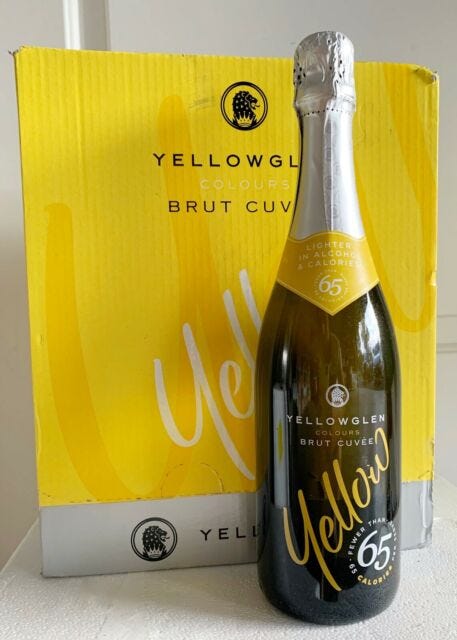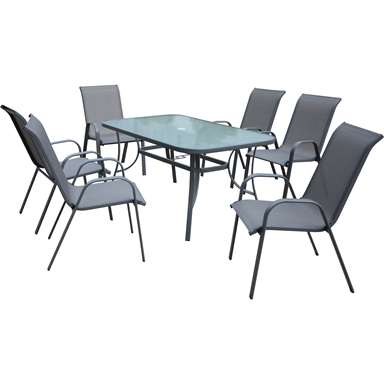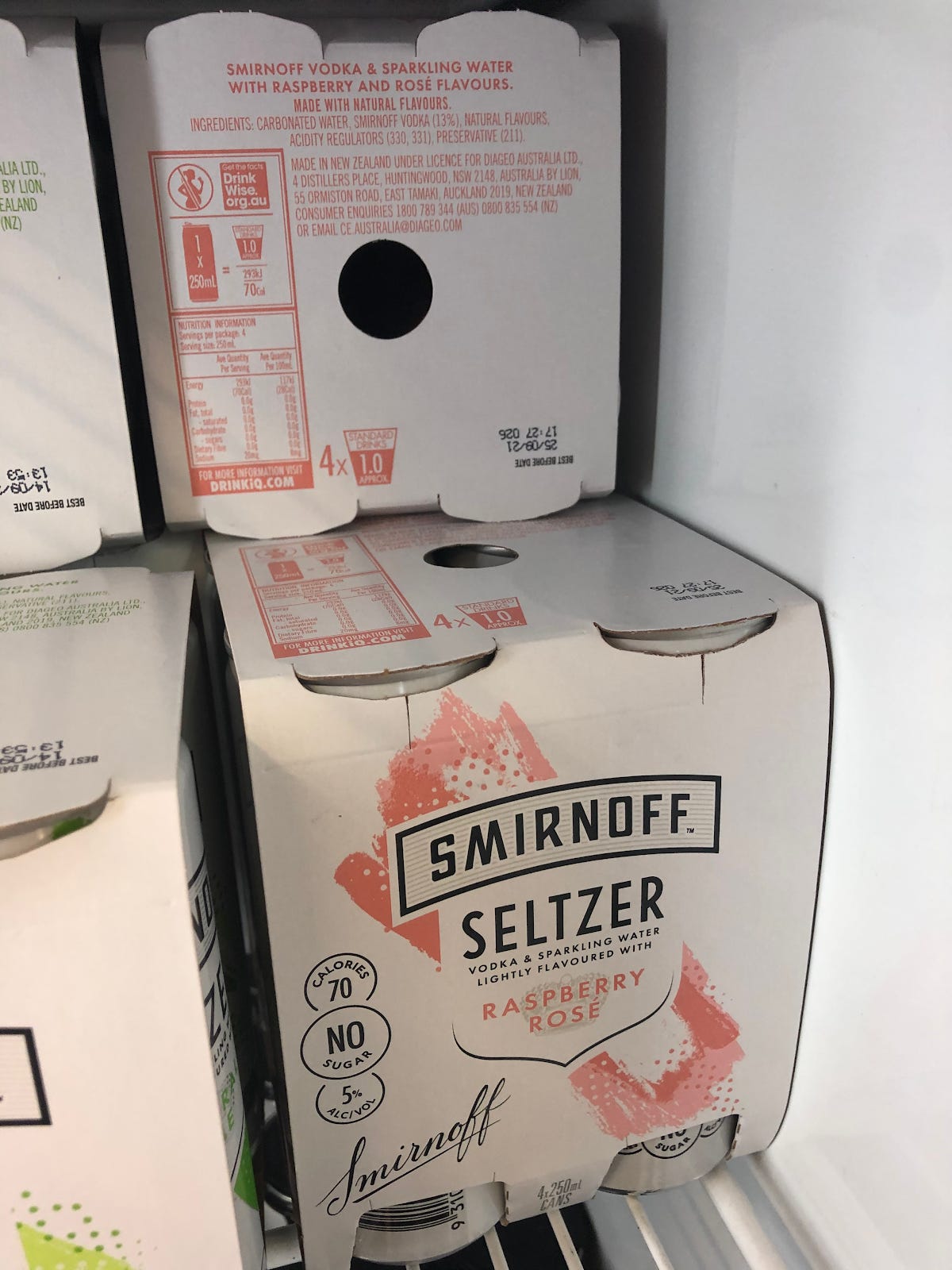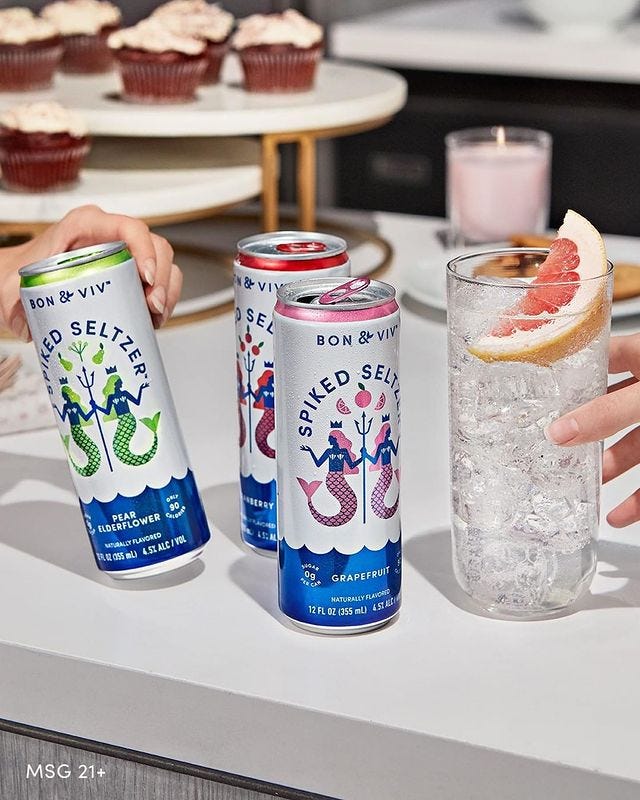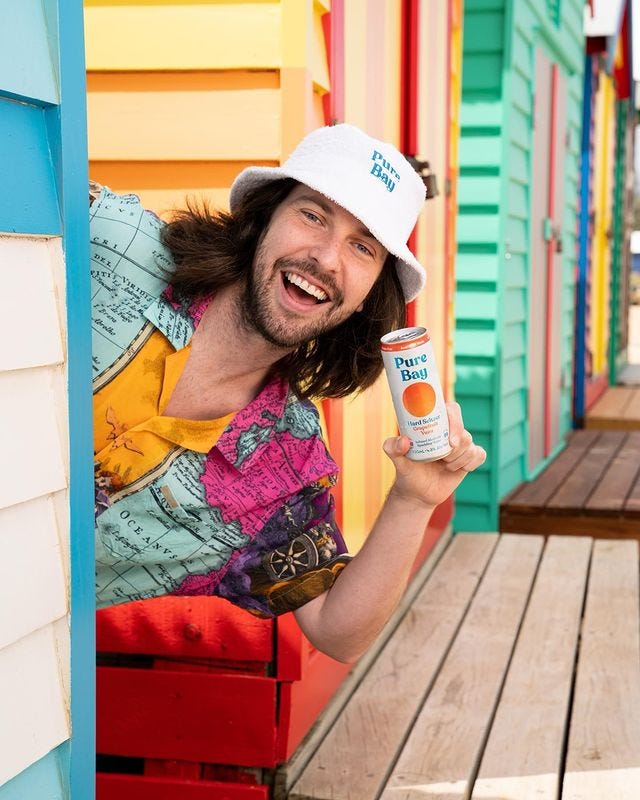Australia has a curious relationship with alcohol.
We treat it like a toddler would a pack of crayons and a white wall. We go to town on it, we lose control and when all is said (done and drawn), we regret it.
Serious issues aside, we do love a good drop.
For some, Christmas would be unbearable if it weren’t for a Baileys or a bargain-bin sparkling.
This silly season, it’s time we asked an important question. It’s a question many consider, but few answer. A question that requires curiosity, and courage, in the face of uncertainty.
That question is: what the fuck is ‘hard seltzer’?
Alongside sourdough starter kits, cranberry juice and mushroom-spiked coffee, ‘hard seltzer’ has had a serious moment this year. It’s started popping up everywhere, in bottle-os, Instagram ads and on tables that look like this.
But unlike other premixed drinks, the actual alcohol used in hard seltzer remains a mystery. Is it vodka? Gin? The tears of linen-wearing, harbour-cruising Sydneysiders on a come down?
Whatever it is, it’s popular. It’s light, low-calorie, inoffensively-flavoured lolly water.
It’s often marketed as a ‘clean’ and ‘pure’ alternative to other ready-to-drink options. So we know for certain it’s self-righteous, and probably has a lot to say about vaccinations. It’s the Pete Evans of premixers.
I really had no clue what a hard seltzer is beyond the fact it’s alcoholic. So it was time for an investigation.
Like all legitimate studies, I began searching for answers on Instagram.
Some people were sure hard seltzer was just sparkling water and vodka. Others suggested it was fermented beer, brewed sugar cane, rice malt, my mum’s chest hair.
Feeling disenchanted and thirsty, I took to the local bottle-o to do some groundwork. There I found a wide selection of hard seltzer brands; a veritable buffet of dumb bitch juice.
The first was Brookvale Union.
“Sweet yet citrusy, dry but juicy, sleek but spritzed, light but loose.”
Descriptive but wot?
Next up was Smirnoff Seltzer. They started off strong, with ‘vodka and sparkling water’ listed bang on the front. But, as is common in the hard seltzer world, I knew there’d be a spanner.
Introducing, Smirnoff ‘Raspberry Rose’. It’s vodka, but it’s also ‘lightly flavoured with raspberry rose’. What the fuck!
The final hard seltzer on the shelf was the original. The forefather of fuck-me-up-fam liquids. The White Claw.
As the phrase goes, “Ain’t no laws when you’re drinking the claws”. But there was an ingredients list, thank heavens.
‘Sparkling water, alcohol, sucrose, natural flavours, citric acid.’
“Alcohol”. Am I missing something here?
At this point my morale was so low, I knew the only reprieve was to buy myself a four pack and call it a day. I approached the counter, shoulders slumped, the weight of the claws heavy in my hand and heart.
I had forgotten my ID.
Whatever I was doing, it wasn’t working. The closer I got to answers, the further away they drifted.
It was time to change tack and focus on another element of the all-elusive beverage.
The marketing strategy.
Piss water has taking this country by storm, with the search term ‘hard seltzer’ spiking hardcore in the last 6 months.
COVID shutting down venues and forcing us to get slizzard in our own homes has no doubt had a part to play in bringing ready-to-drink options to the forefront. But the explosion of hard seltzer has been unrivalled.
Why?
I have a theory.
Almost every hard seltzer on the market purports the same benefits. They all hang their hats on being a natural, healthy alternative to other types of booze. Most are gluten-free and vegan-friendly. The fact they’re low-calorie, low-carb and generally sugar-free is another selling point.
Call me a spoilsport, but it doesn’t quite hit right.
The primary target audience for hard seltzers are millennials. The hyperfocus on the health benefits (or rather, lack of health drawbacks) of hard seltzers surely doesn’t do much good in dismantling diet culture.
And with alcohol levels ranging between 4 to 6%, it’s the kind of drink that sneaks up on you. It rolls in, like a clean crisp wave. Then it dunks you, hard and fast, into a sandy-mouthed morning.
I spoke to accredited practicing dietitian Dakota Rhys-Jones to glean some insight. Did she think hard seltzer was a fad?
“The marketing may encourage some wrong images. That said, it’s good that there are low calorie options out there because we know how much energy alcohol stacks into the diet. Mix that with sugary beverages and it introduces all sorts of issues,”
“Bottom line is, alcohol rarely encourages health other than low amounts of red wine seen in the Mediterranean diet… but if we can drink a low energy option within the health guidelines, maybe it’s not so bad.”
Well I’ll eat my organic hat.
Back on the beat.
If I was serious about getting to the bottom of the can, it was time to speak to an expert.
So I messaged a DJ.
Australian producer record-label lord Generik has recently dipped his toes in the world of white girl water and launched Pure Bay, a hard seltzer spruiked as the “best tasting” on the market.
Could he give me the inside scoop?
Generik took a while to reply to my brazen line of enquiry. It was 3pm on a Friday, so he was (presumably) already sending it on the Pure Bays.
I turned, once more, to Google. And apparently:
Rice fermentation makes rice wine. It involves fermenting rice starch that has been converted to sugars. Microbes are the source of the enzymes that convert the starches to sugar.
It was starting to make sense.
All alcohol is made by fermenting a natural source of sugar with a catalyst, like yeast. As it ferments, the carbohydrates (starch and sugars) in the main source turn into carbon dioxide and ethyl alcohol, which is the basis for all alcohol drinks.
Splash a bit of that into some carbonated water and what do you get?
A headache. And a hard seltzer.
After a day of dizzying heights and terrifying lows, the mystery had been solved.
There was only one way to celebrate.
And that was suckin the dick off a cold one.
Chin chin.





